SKC marks 40th anniversary by honoring founders
Salish Kootenai College celebrated their 40th anniversary last week. Part of the week-long festivities known as Founders Week included honoring the following five men and women for their many contributions to the college.

courtesy photo
Ron Therriault
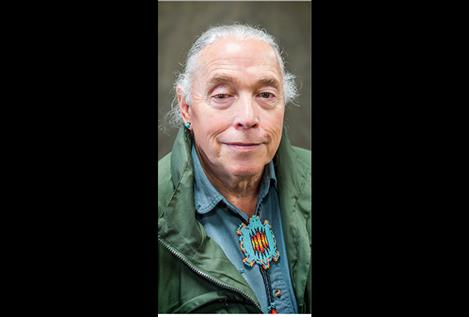
courtesy photo
Corky Clairmont
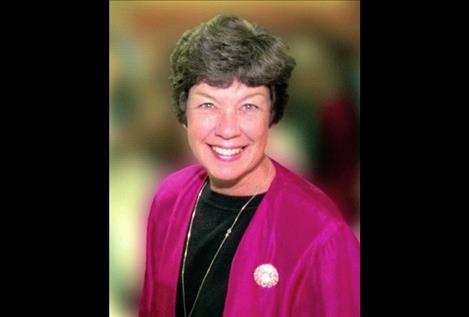
courtesy photo
Moselle DePriest
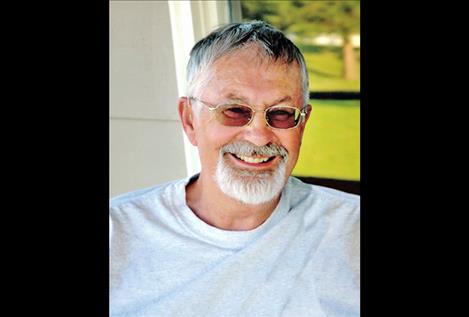
courtesy photo
Dave Marshall hammers a sign on the door with the store’s hours.

courtesy photo
Pat Hurley
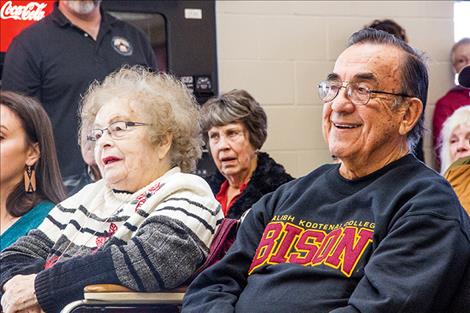
Nicole Tavenner
The Joe McDonald Health and Fitness Center, which opened in Dec. 2007, was officially dedicated during Founder’s Week to the surprise of Joe McDonald, above, who attended the “mystery event” with his wife, Sherrie.

Nicole Tavenner
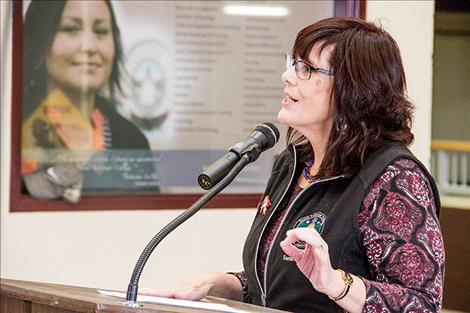
Nicole Tavenner

Nicole Tavenner
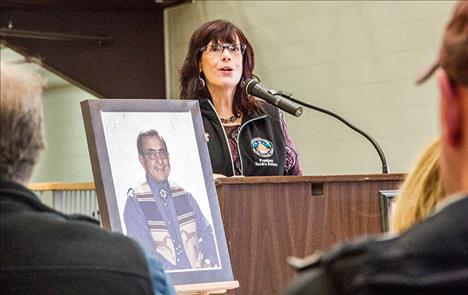
Nicole Tavenner

Nicole Tavenner

Nicole Tavenner
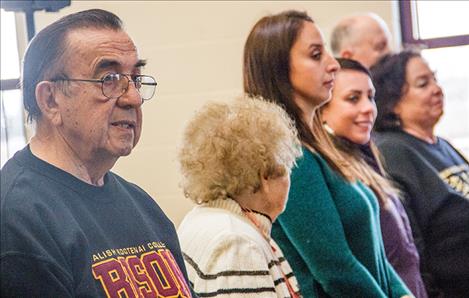
Nicole Tavenner

Nicole Tavenner
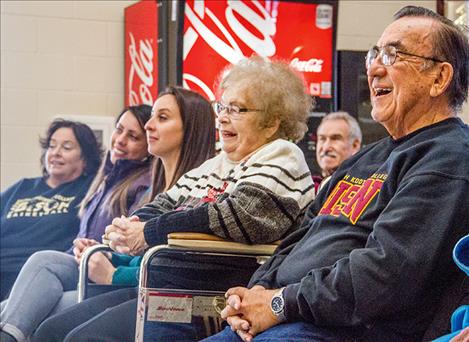
Nicole Tavenner
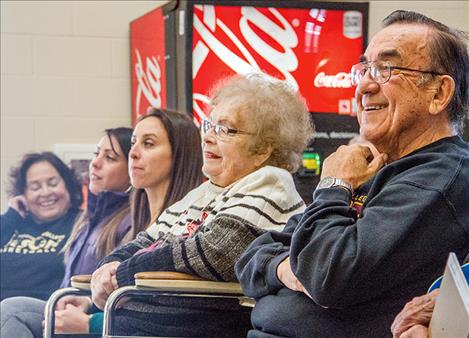
Nicole Tavenner
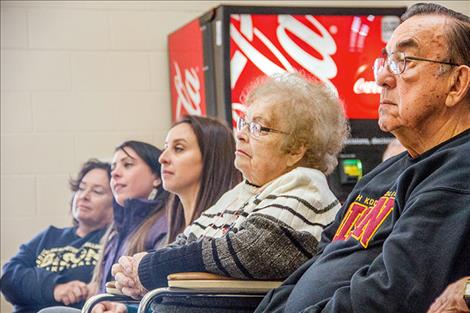
Nicole Tavenner

Nicole Tavenner
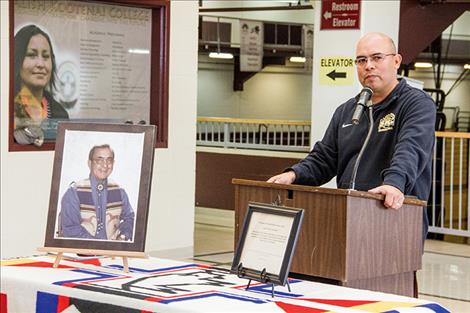
Nicole Tavenner
Issue Date: 11/22/2017
Last Updated: 11/21/2017 7:01:05 PM |
Keep Reading!
You’ve reached the limit of 3 free articles - but don’t let that stop you.















